438 products
-
Abstract I - Hand Water Colored Limited Edition Embossed Lithograph on Paper by Lebadang (1921-2015)
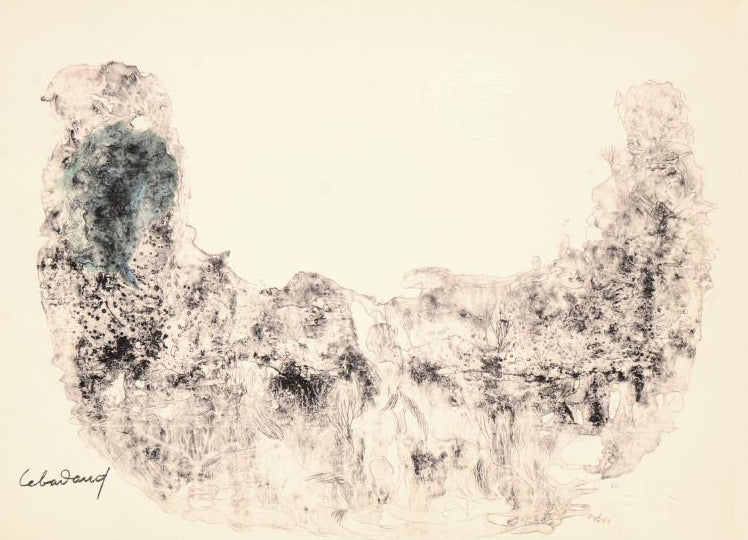
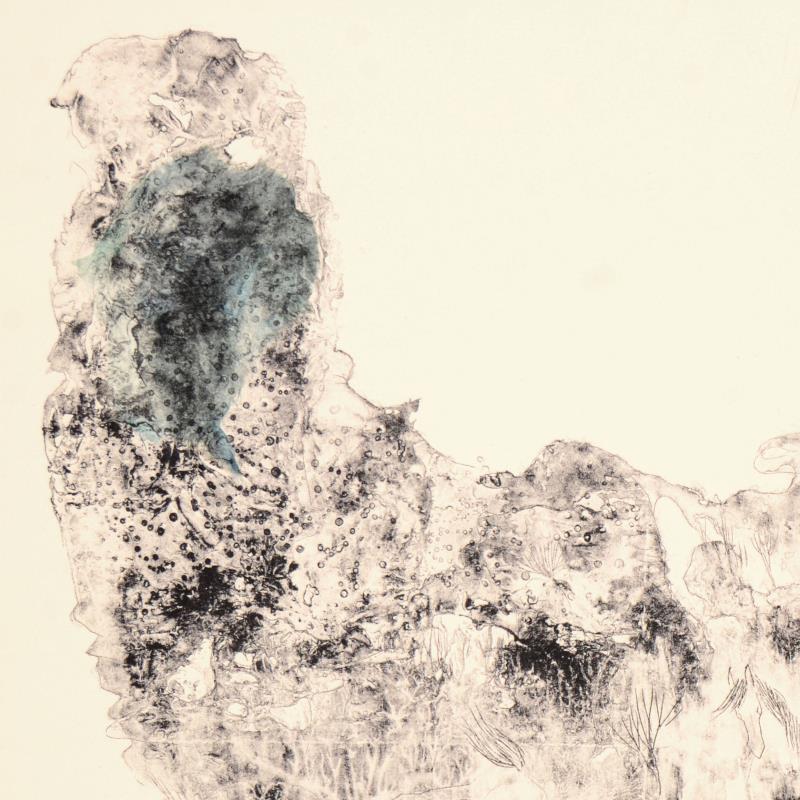 Vendor:Abstract I - Hand Water Colored Limited Edition Embossed Lithograph on Paper by Lebadang (1921-2015)Art Deals
Vendor:Abstract I - Hand Water Colored Limited Edition Embossed Lithograph on Paper by Lebadang (1921-2015)Art Deals- Regular price
-
$ 80.00 - Regular price
-
$ 395.00 - Sale price
-
$ 80.00
Quick view
-
Ace Face - Limited Edition Hand Pulled Lithograph on Museum Quality Deckle Edge Paper by Tom Everhart

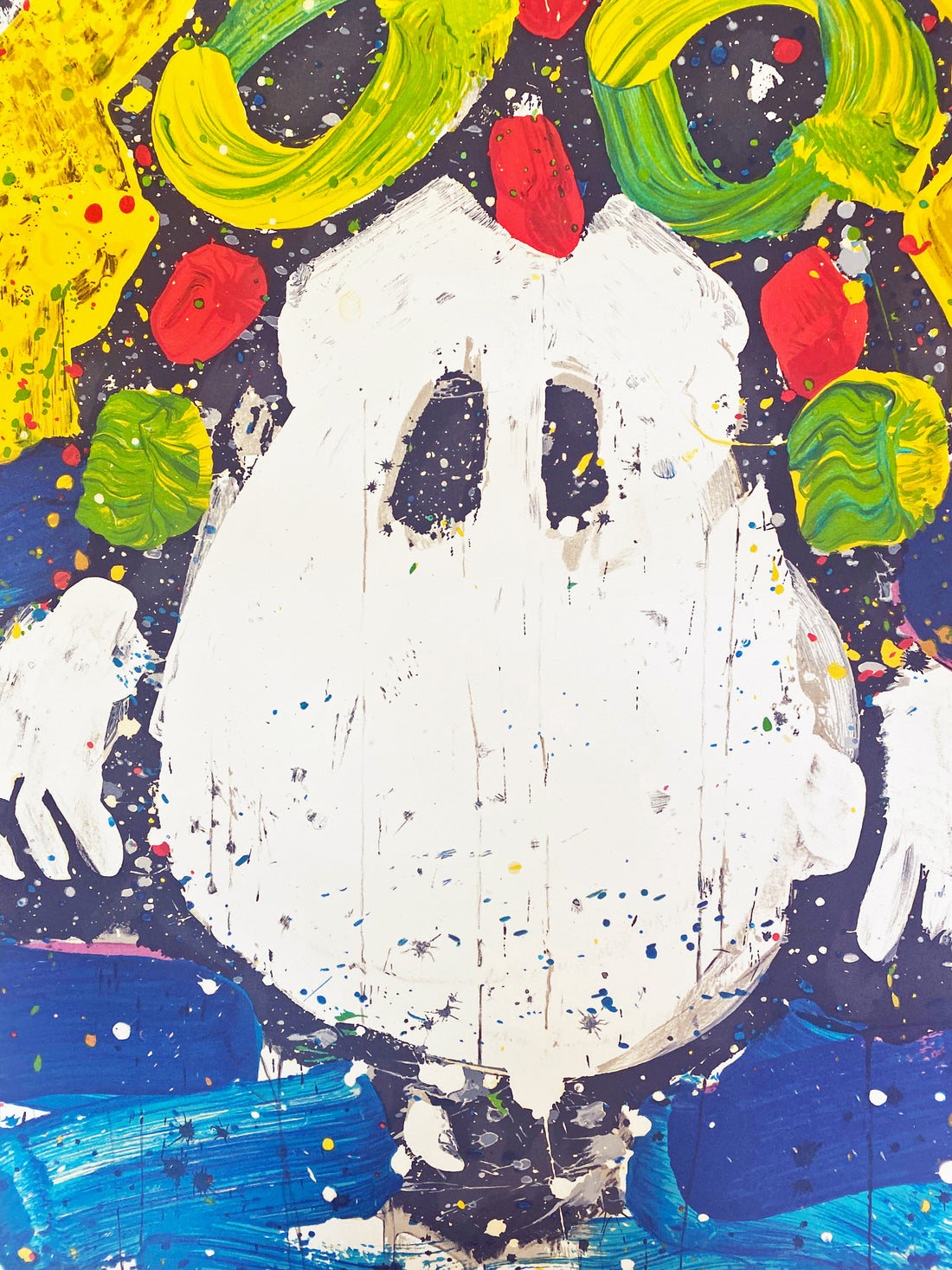 Vendor:Ace Face - Limited Edition Hand Pulled Lithograph on Museum Quality Deckle Edge Paper by Tom EverhartArt Deals
Vendor:Ace Face - Limited Edition Hand Pulled Lithograph on Museum Quality Deckle Edge Paper by Tom EverhartArt Deals- Regular price
-
$ 675.00 - Regular price
-
$ 3,000.00 - Sale price
-
$ 675.00
Quick view
-
Afternoon Swim - Limited Edition Lithograph on Art Paper by Dan Mackin

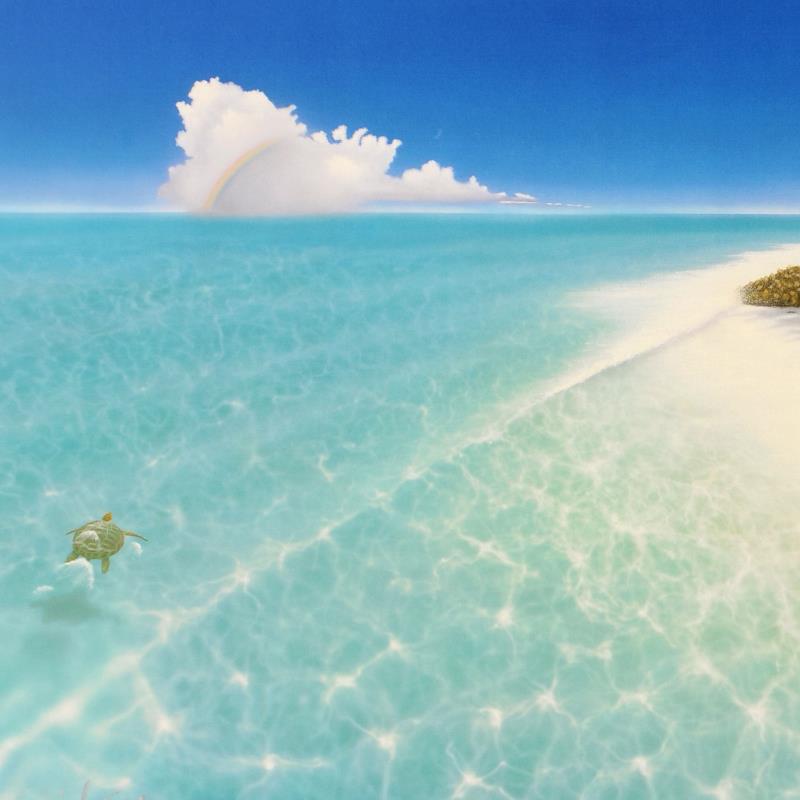 Vendor:Afternoon Swim - Limited Edition Lithograph on Art Paper by Dan MackinArt Deals
Vendor:Afternoon Swim - Limited Edition Lithograph on Art Paper by Dan MackinArt Deals- Regular price
-
$ 56.00 - Regular price
-
$ 350.00 - Sale price
-
$ 56.00
Quick view
-
Alley Oop - Lithograph on Paper by V.T. Hamlin (1900-1993) and Original U.S. Postal Stamp
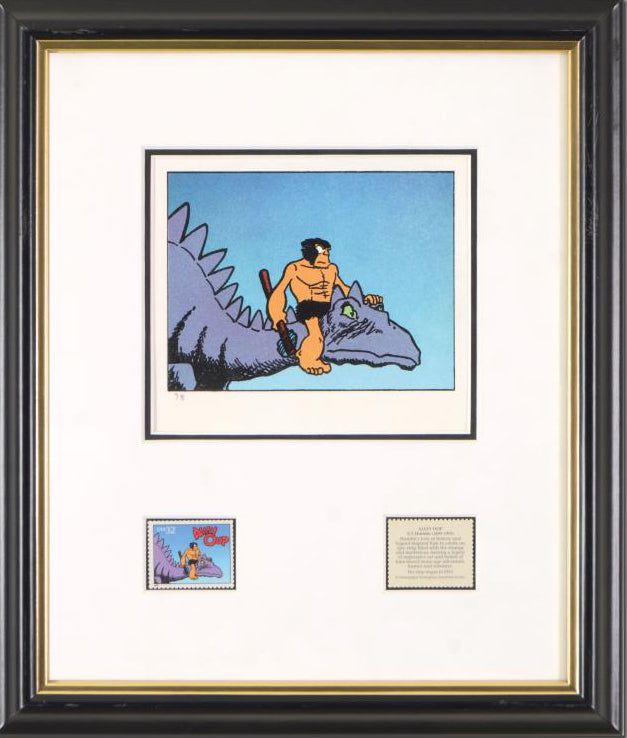
 Vendor:Alley Oop - Lithograph on Paper by V.T. Hamlin (1900-1993) and Original U.S. Postal StampArt Deals
Vendor:Alley Oop - Lithograph on Paper by V.T. Hamlin (1900-1993) and Original U.S. Postal StampArt Deals- Regular price
-
$ 87.50 - Regular price
-
$ 250.00 - Sale price
-
$ 87.50
Quick view
-
Alone With Our Hearts - Limited Edition Lithograph on Paper by James Coleman

 Vendor:Alone With Our Hearts - Limited Edition Lithograph on Paper by James ColemanArt Deals
Vendor:Alone With Our Hearts - Limited Edition Lithograph on Paper by James ColemanArt Deals- Regular price
-
$ 74.95 - Regular price
-
$ 395.00 - Sale price
-
$ 74.95
Quick view
-
Alpine Winter Grandeur - Limited Edition Lithograph on Paper by Jane Wooster Scott

 Vendor:Alpine Winter Grandeur - Limited Edition Lithograph on Paper by Jane Wooster ScottArt Deals
Vendor:Alpine Winter Grandeur - Limited Edition Lithograph on Paper by Jane Wooster ScottArt Deals- Regular price
-
$ 40.00 - Regular price
-
$ 250.00 - Sale price
-
$ 40.00
Quick view
-
Ambiance de Printemps - Limited Edition Lithograph on Paper by Fanch Ledan

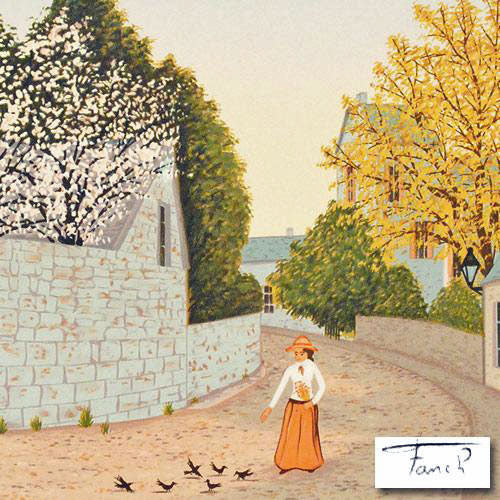 Vendor:Ambiance de Printemps - Limited Edition Lithograph on Paper by Fanch LedanArt Deals
Vendor:Ambiance de Printemps - Limited Edition Lithograph on Paper by Fanch LedanArt Deals- Regular price
-
$ 310.50 - Regular price
-
$ 1,725.00 - Sale price
-
$ 310.50
Quick view
-
Ancient Mariner - Limited Edition Lithograph on Paper by Wyland

 Vendor:Ancient Mariner - Limited Edition Lithograph on Paper by WylandArt Deals
Vendor:Ancient Mariner - Limited Edition Lithograph on Paper by WylandArt Deals- Regular price
-
$ 200.00 - Regular price
-
$ 1,000.00 - Sale price
-
$ 200.00
Quick view
-
Ancient Orca Dance - Limited Edition Lithograph on Paper by Wyland

 Vendor:Ancient Orca Dance - Limited Edition Lithograph on Paper by WylandArt Deals
Vendor:Ancient Orca Dance - Limited Edition Lithograph on Paper by WylandArt Deals- Regular price
-
$ 278.10 - Regular price
-
$ 1,545.00 - Sale price
-
$ 278.10
Quick view
-
Ancient Orca Seas - Limited Edition Lithograph on Paper by Wyland

 Vendor:Ancient Orca Seas - Limited Edition Lithograph on Paper by WylandArt Deals
Vendor:Ancient Orca Seas - Limited Edition Lithograph on Paper by WylandArt Deals- Regular price
-
$ 335.10 - Regular price
-
$ 1,695.00 - Sale price
-
$ 335.10
Quick view
-
And All That Jazz - Limited Edition Lithograph on Paper by Jane Wooster Scott

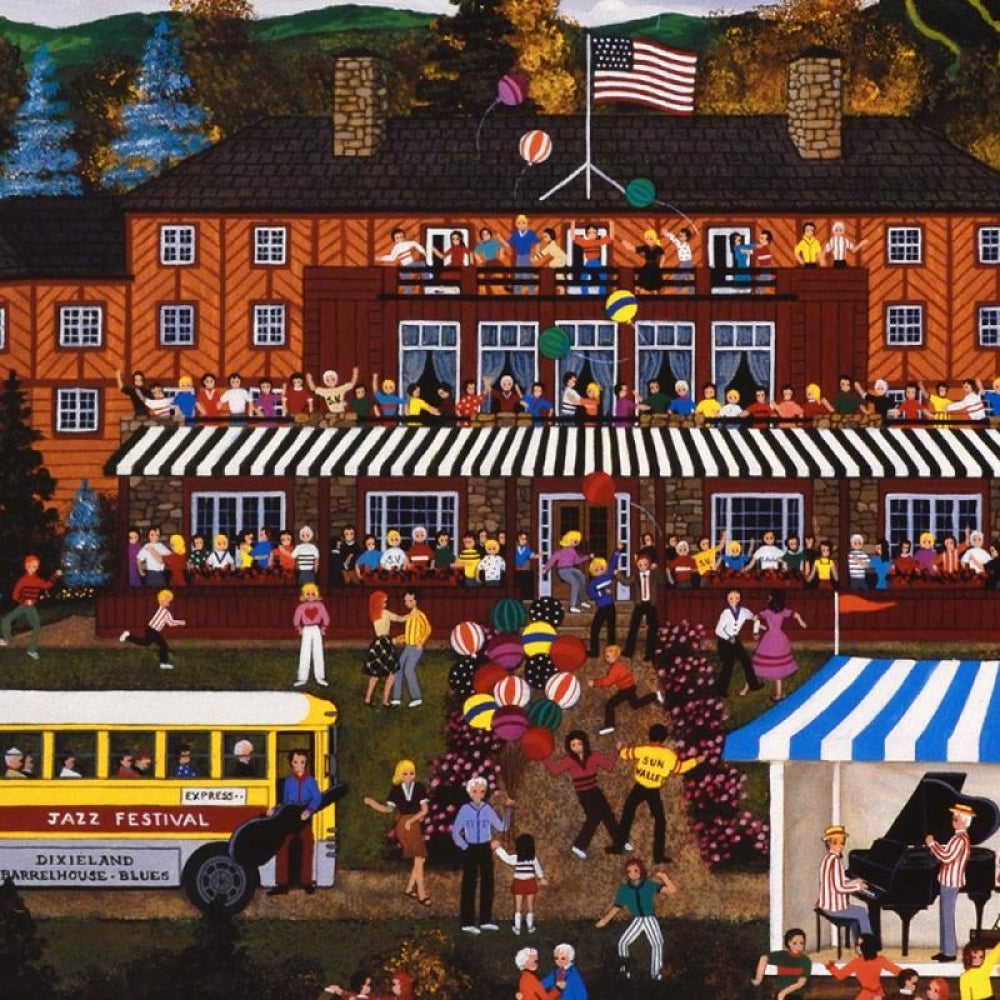 Vendor:And All That Jazz - Limited Edition Lithograph on Paper by Jane Wooster ScottArt Deals
Vendor:And All That Jazz - Limited Edition Lithograph on Paper by Jane Wooster ScottArt Deals- Regular price
-
$ 53.00 - Regular price
-
$ 250.00 - Sale price
-
$ 53.00
Quick view
-
Another Day at the Office - Limited Edition Lithograph on Paper by Wyland and Jim Warren

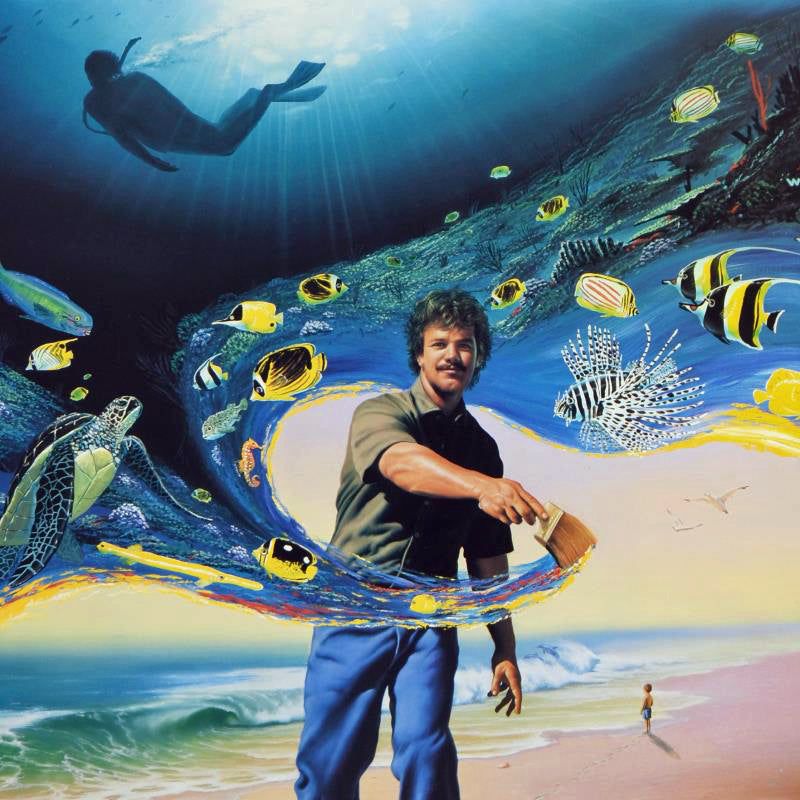 Vendor:Another Day at the Office - Limited Edition Lithograph on Paper by Wyland and Jim WarrenArt Deals
Vendor:Another Day at the Office - Limited Edition Lithograph on Paper by Wyland and Jim WarrenArt Deals- Regular price
-
$ 277.00 - Regular price
-
$ 1,385.00 - Sale price
-
$ 277.00
Quick view
More to Discover
-
Site-wide promotion
Button labelUse this section to promote content throughout every page of your site. Add images for further impact.
-
Site-wide promotion
Button labelUse this section to promote content throughout every page of your site. Add images for further impact.


























